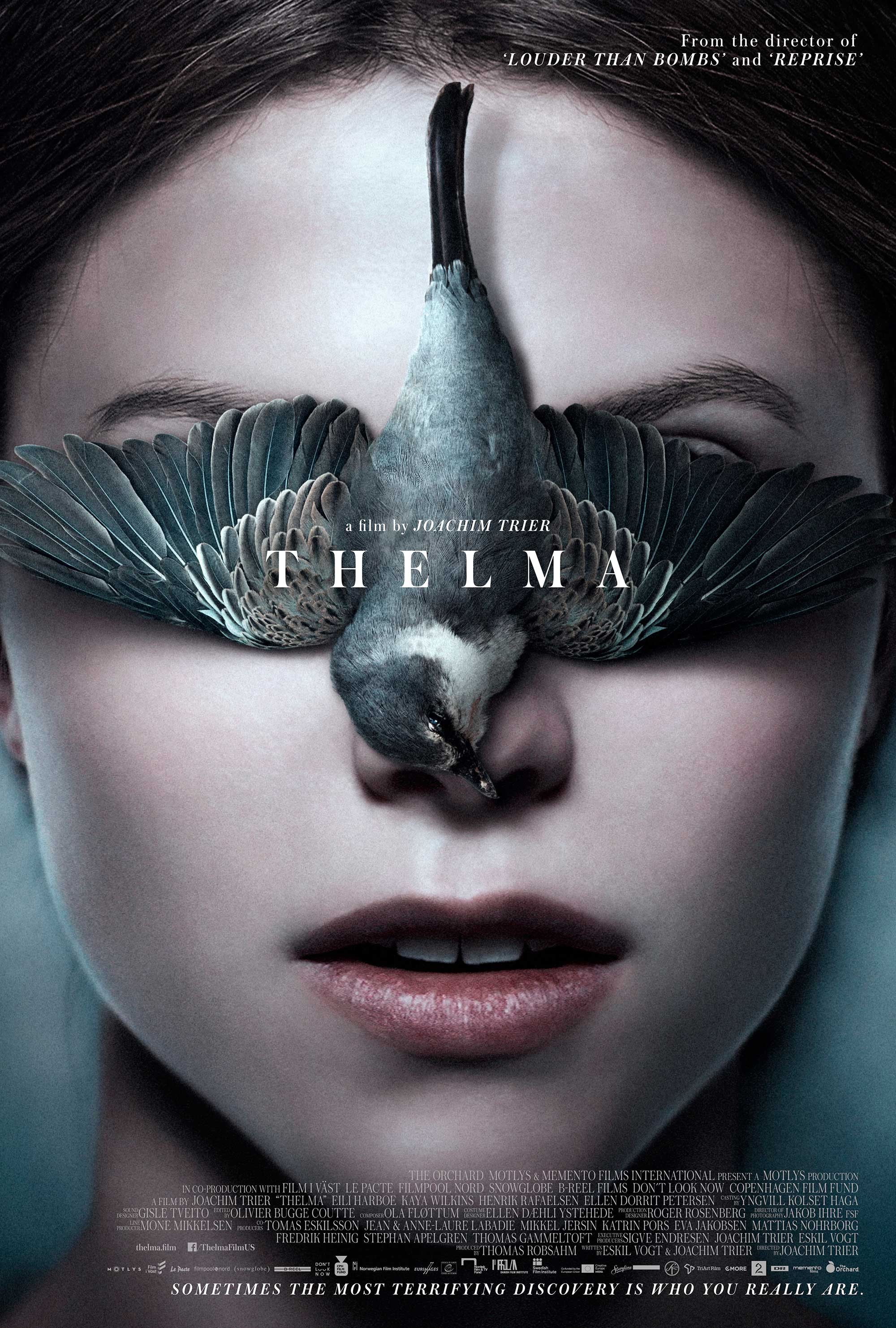Thelma



Thelma
Release Date: September 15, 2017 (Norway); November 10, 2017 (USA – limited)
Screened: October 6, 2017 (New York Film Festival)
Runtime: 116 minutes
Rating: Not Rated (as of post time)
Studio: The Orchard; Motlys
Director: Joachim Trier
Cast: Eili Harboe; Kaya Wilkins; Henrik Rafaelsen; Ellen Dorrit Petersen
This Norwegian import (per IMDb, it’s Norway’s entry to the 90th Annual Academy Awards for Best Foreign Language Film) has much in common with Brian De Palma’s 1976 classic. However, whereas the Sissy Spacek starrer had a clear cinematic vision of teenage angst behind it, Thelma can’t decide whether or not it wants to be a drama about a young woman leaving the family nest en route to independence, or a straight-up horror picture. Of course, the two genres can merge (they did flawlessly in Carrie). But in Thelma, an inconsistent tone leaves the viewer wondering what type of movie it is watching, and fatally, what the point is.
Eili Harboe (wonderful) is Thelma, a plain and studious girl from a deeply religious family in rural Norway who has just begun her college career studying biology. Introverted and prone to seizures, Thelma finds it difficult to make friends at school, assuming everyone thinks she’s weird (which isn’t all that unfounded). Her world begins to look up upon meeting the worldlier Anja (Kaya Wilkins), a brooding beauty who takes a particular interest in Thelma, ushering her out of her shell. The girls soon develop a close friendship that (and I’m not spoiling anything) eventually turns romantic. Thelma faces tremendous conflict as she grapples with these new and, per her devout religious upbringing, forbidden feelings. Her confusion exacerbates violent seizures that cause Thelma to consider that she may, in fact, have epilepsy, whereupon she visits a neurosurgeon for a proper diagnosis. That’s when things start to get really weird.
Director Joachim Trier, working from a script by himself and co-writer Eskil Vogt, has a nice feel for the young adult frame of mind. The scenes with Thelma at college parties, for instance, have a nice ring of authenticity. However, the tonal shifts in the movie are obvious and distracting. For example, one moment, Thelma is at a party with her new friends, laughing and drinking; the next, she is in a deserted park having a foreboding phone call with her father. This isn’t to say that the movie is boring or non-engaging, quite the contrary. Thelma is always engrossing, thanks in large part to the two lead actresses, both of whom (according to their respective IMDb credits) are relative newcomers to the screen. Trier and his cinematographer, Jakob Ihre, create some arresting visual sequences, the showstopper of which is one of Thelma’s MRI’s, a sensory assault of strobe lights (you’ve been warned!) and flash-cut editing.
So, Thelma has wonderful technical and performance achievements. What the film lacks, however, is the editorial crispness that would eliminate the tonal deficiencies and elevate the film to a level approaching that of, say, Carrie.
